Dalmatian Toadflax
Information
Linaria dalmatica - Scrophulariaceae Family - Short-lived perennial
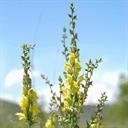
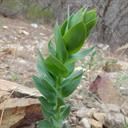
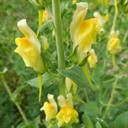
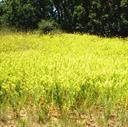
Identification
- Flowers: Flowers are bright yellow snapdragons arranged at the top of the stems.
- Seeds: Seeds are viable for up to 10 years and one mature plant is capable of producing 500,000 seeds in a year.
- Leaves: Leaves are bluish-green with a waxy coating, heart-shaped and close to the stem.
- Flowering Time: June – October after the first year.
- Life cycle: Short lived perennial with most populations living an average of 3-5 years.
Impacts
- Aggressive and invasive species that reduces the value of rangeland, forests, and meadows by out-competing desirable forage species.
- Unpalatable to livestock.
- Dalmatian toadflax has an extensive root system that allows it to survive adverse soil and/or climatic conditions and then spread during more favorable years.
Control
Most effective control methods
- For small infestations, hand pulling or digging up the roots for an average of 6 years. This depletes the root reserves on small patches and prevents further seed production. However, the roots are deep and extensive, and plants will re-sprout from root fragments.
- For large infestations or where digging is not practical, apply herbicides in the fall. Herbicide success can be variable.
- Use of a non-selective herbicide (such as glyphosate) should be combined with an effective re-vegetation of the site. Establish desirable perennial grasses and winter annuals.
- Several biocontrol insect species have shown marked success at management of infestations, when introduced.
- For three to four years following treatment, monitor areas for new plants from the seed bank.
Control methods and timing
| March | April | May | June | July | Aug | Sept | Oct |
|---|---|---|---|---|---|---|---|
|
Mech |
Mech |
Mech |
Mech |
Mech |
Mech Chem Cult |
Mech Chem Cult |
Prevention (Prev) Monitor and destroy new plants before seed production.
Mechanical (Mech) Hand pulling, digging, cutting, mowing and tilling.
Cultural (Cult) Biological control agents, livestock grazing, and revegetation practices.
Chemical (Chem) Selective herbicides based on the plant and the specific location. Check our weed fact sheets for specific control information.
Large Images
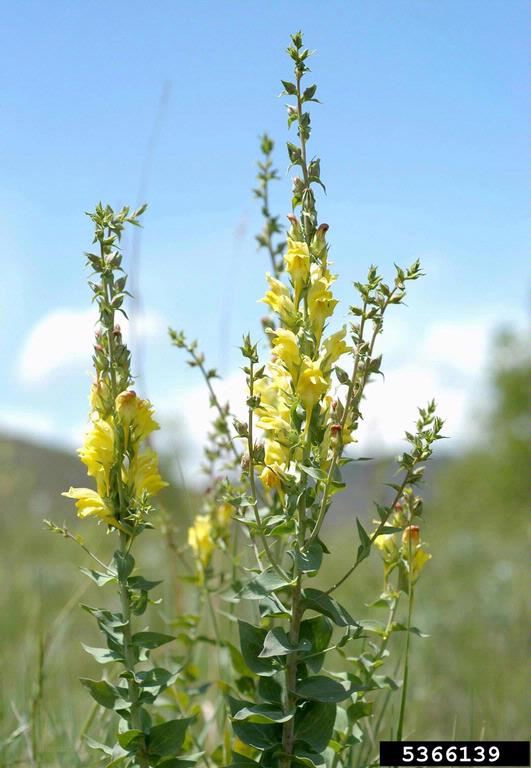
Dalmatian toadflax: flowers
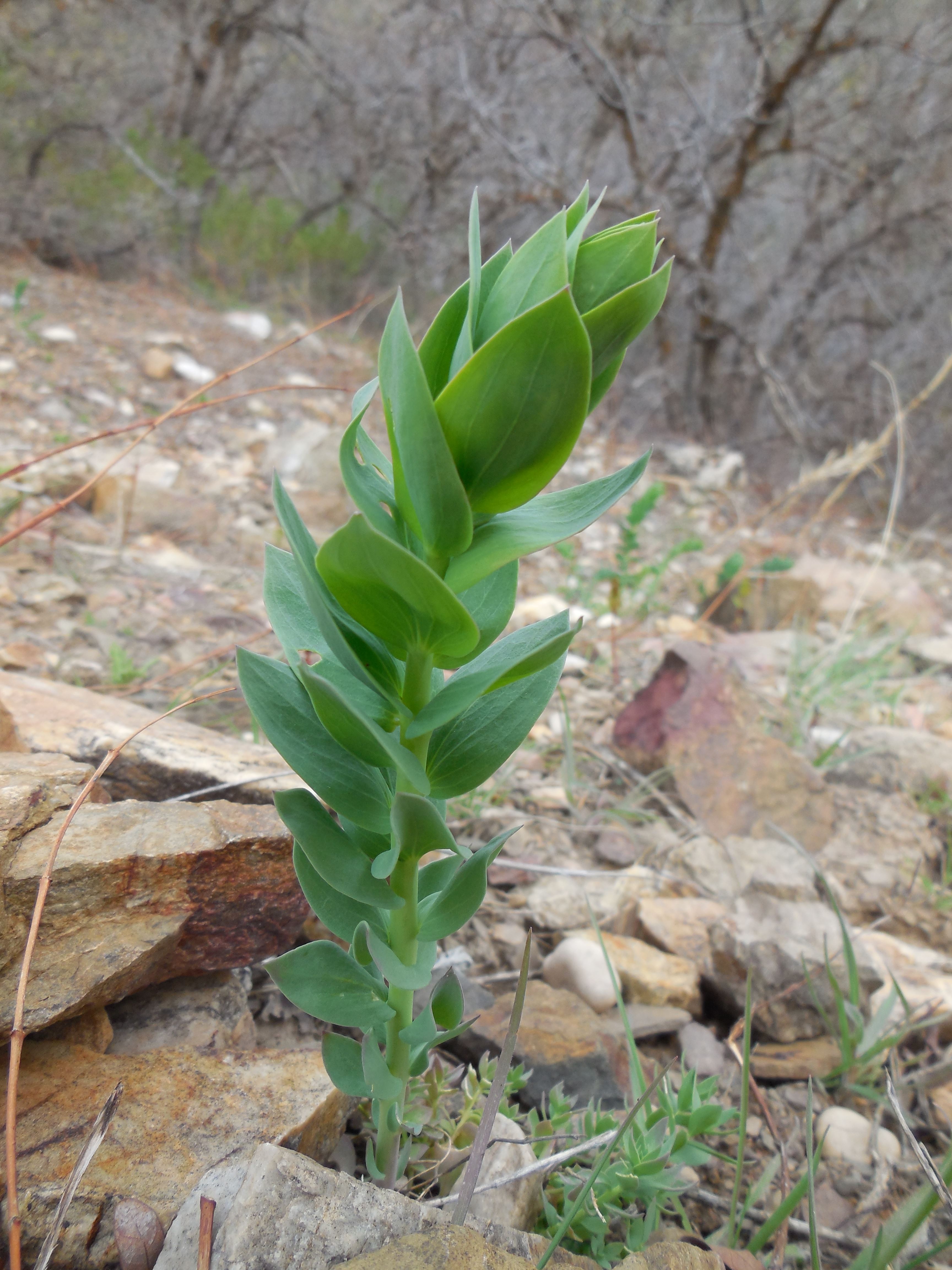
Dalmatian toadflax: foliage
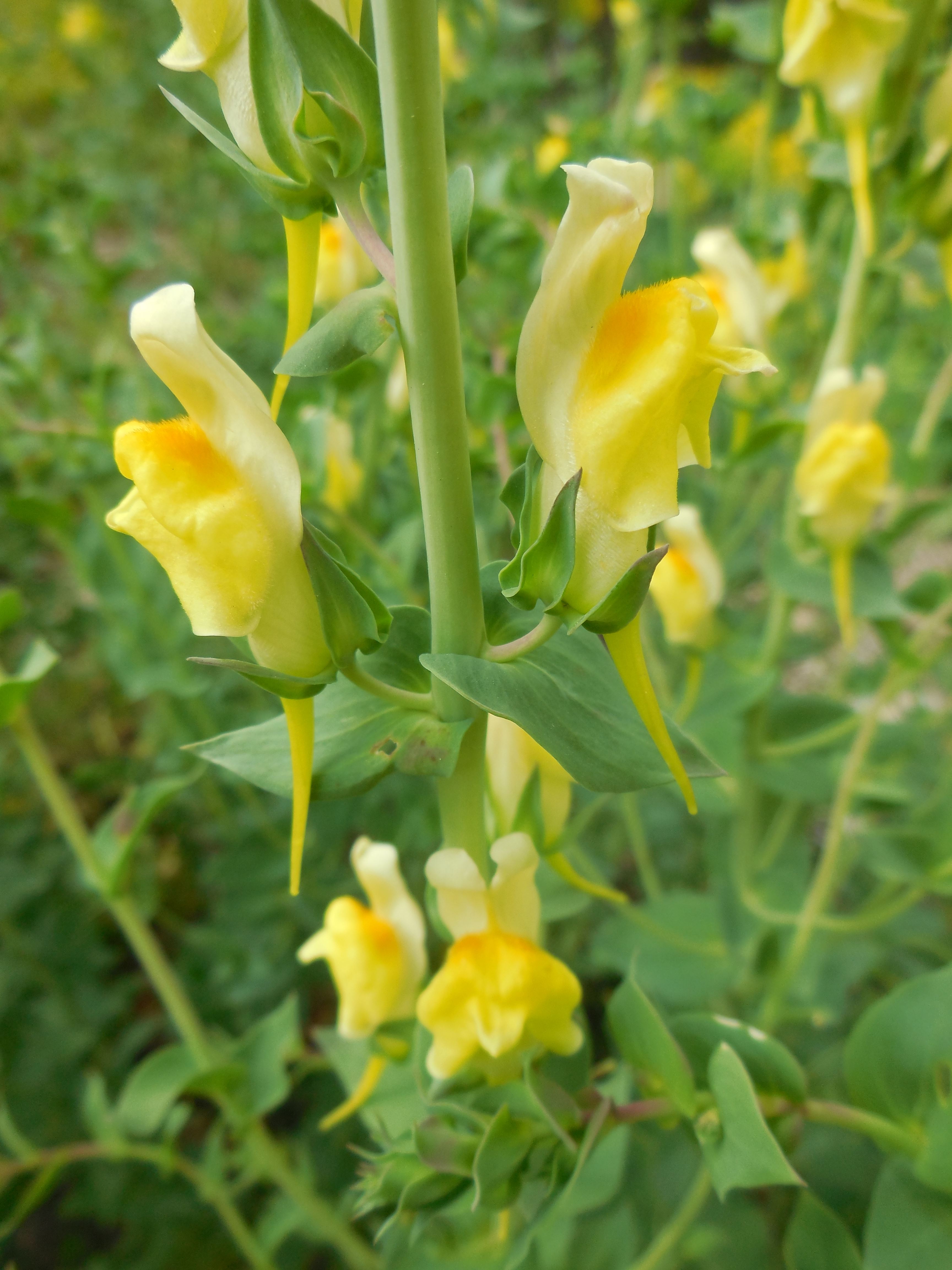
Dalmatian toadflax: flowers
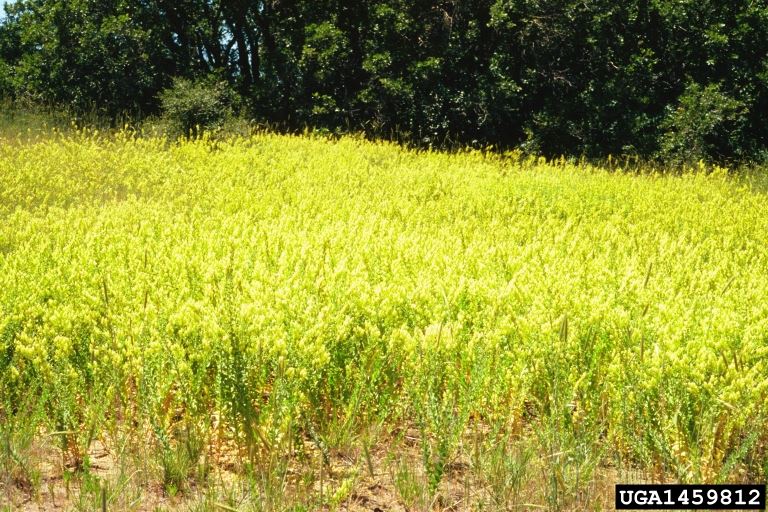
Dalmatian toadflax: infestation

Dalmatian toadflax:: foliage growing up from old shoots
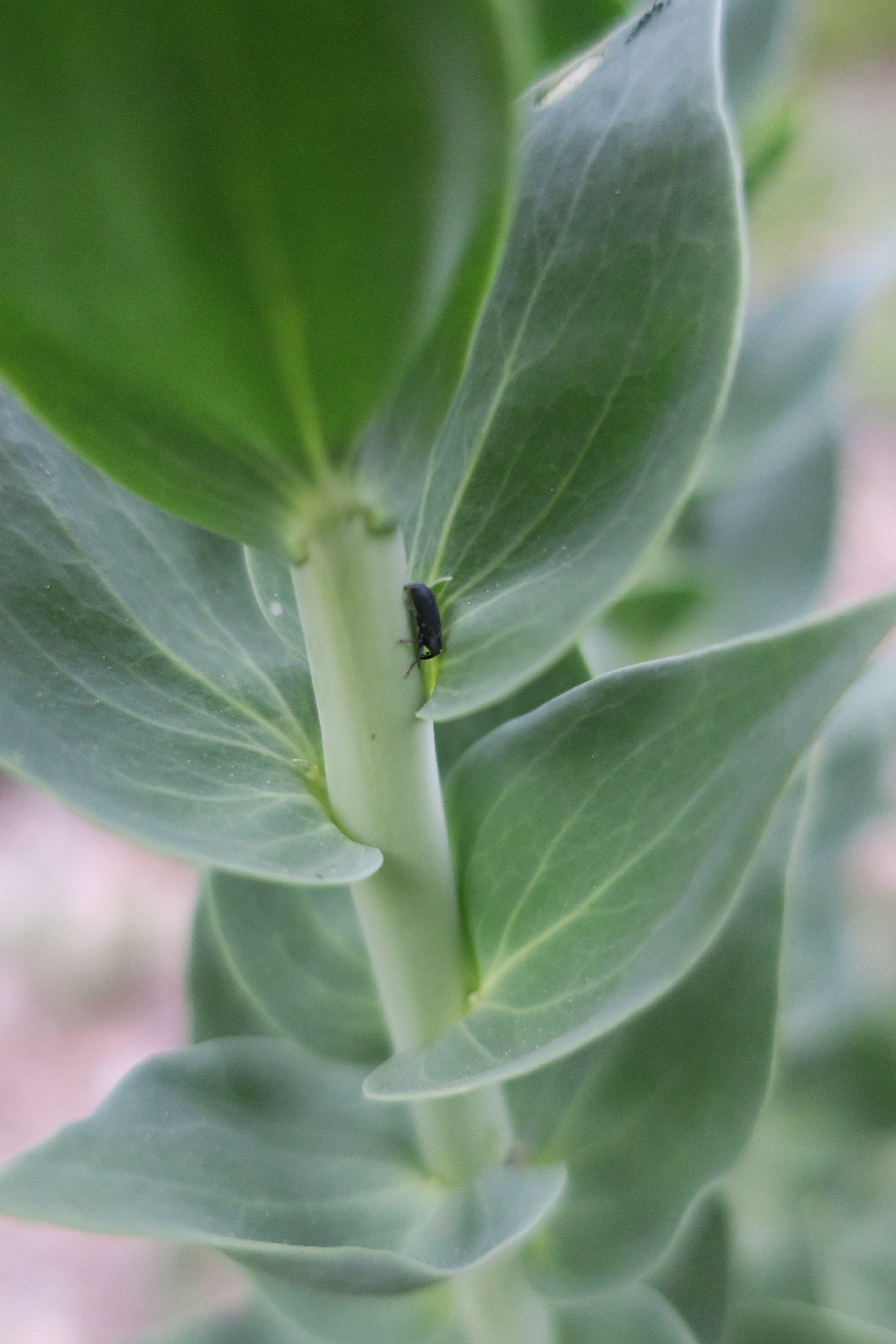
Dalmatian toadflax: weevil used as biocontrol agent
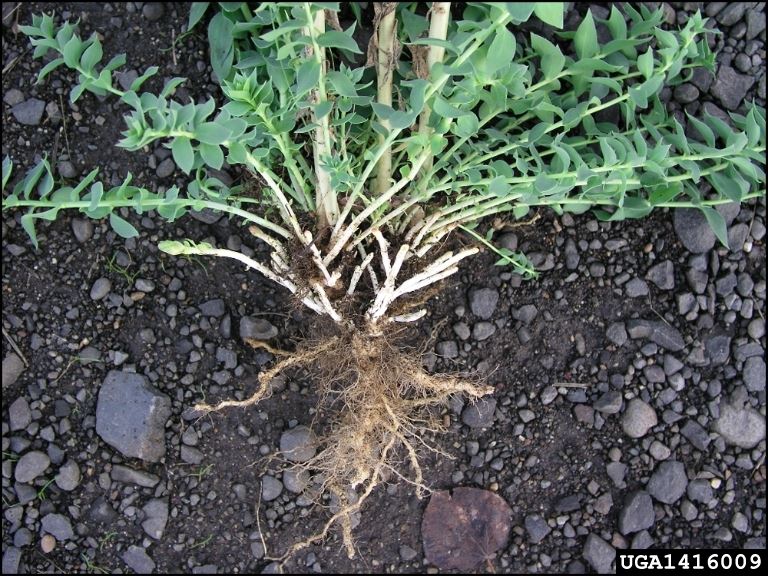
Dalmatian toadflax: root system
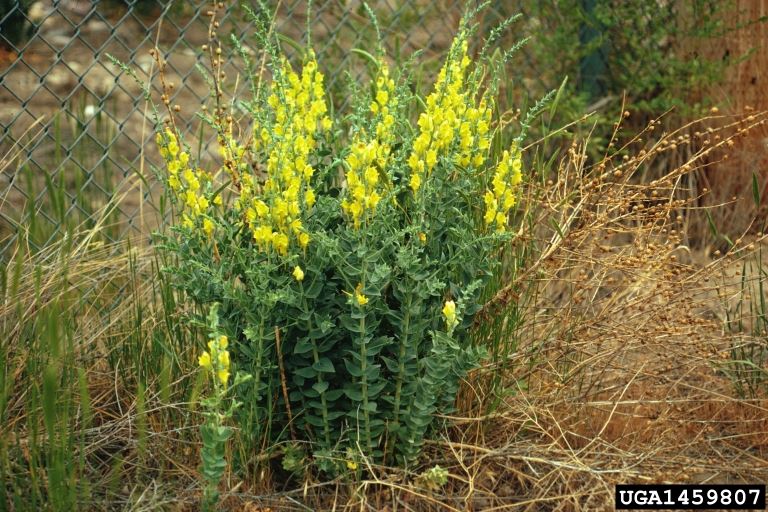
Dalmatian toadflax: infestation
Resources
-
References
Colorado Department of Agriculture. Dalmation toadflax biocontrol. Retrieved from https://www.colorado.gov/pacific/agconservation/dalmatian-toadflax-biocontrol
Forest Health Technology Enterprise Team. (2005, September). Biology and biological control of dalmation and yellow toadflax [PDF file]. Retrieved from https://www.fs.fed.us/rm/pubs_other/rmrs_2005_wilson_l001.pdf View PDF
Invasive Species Compendium. (2018, January 3). Linaria dalmatica (dalmation toadflax). Retrieved from https://www.cabi.org/isc/datasheet/30827
King County Noxious Weed Control Program. (2017, September 29). Dalmation toadflax identification and control. Retrieved from https://www.kingcounty.gov/services/environment/animals-and-plants/noxious-weeds/weed-identification/dalmatian-toadflax.aspx
Washington State University. (2006). Dalmation Toadflax. Retrieved from https://extension.wsu.edu/whitman/2013/11/dalmatian-toadflax/




